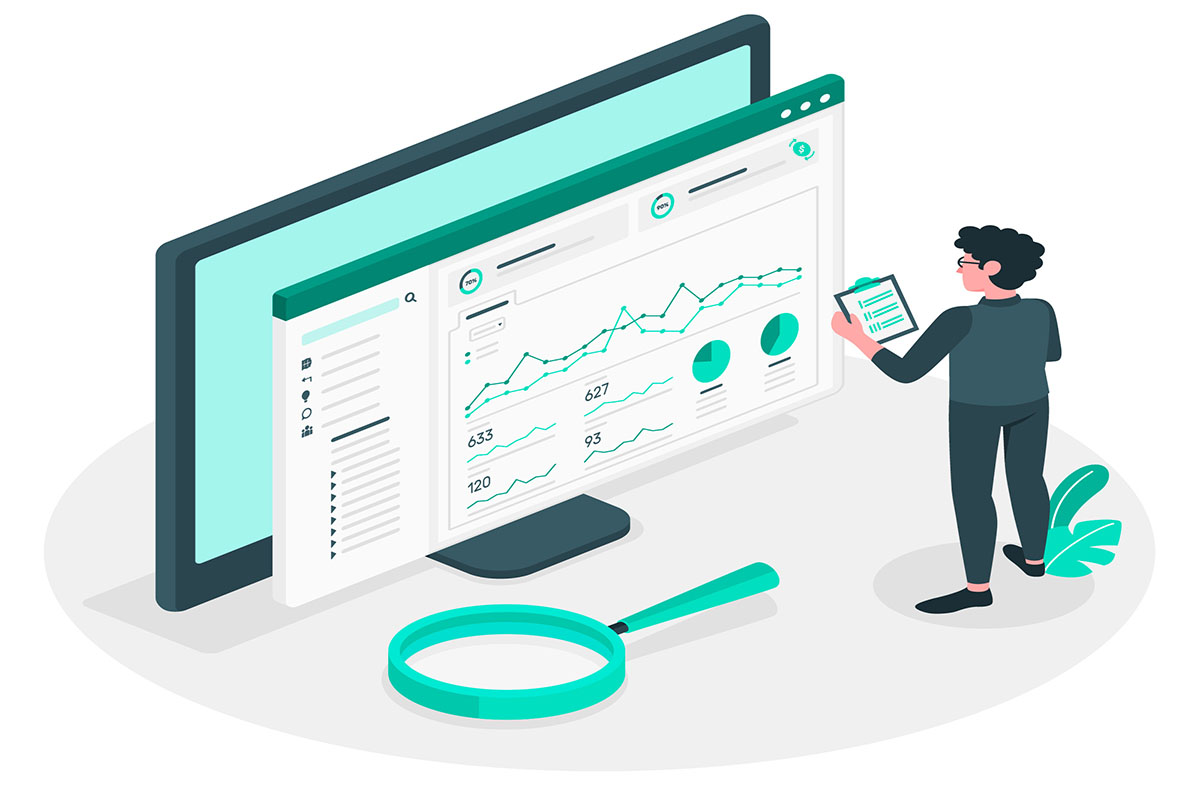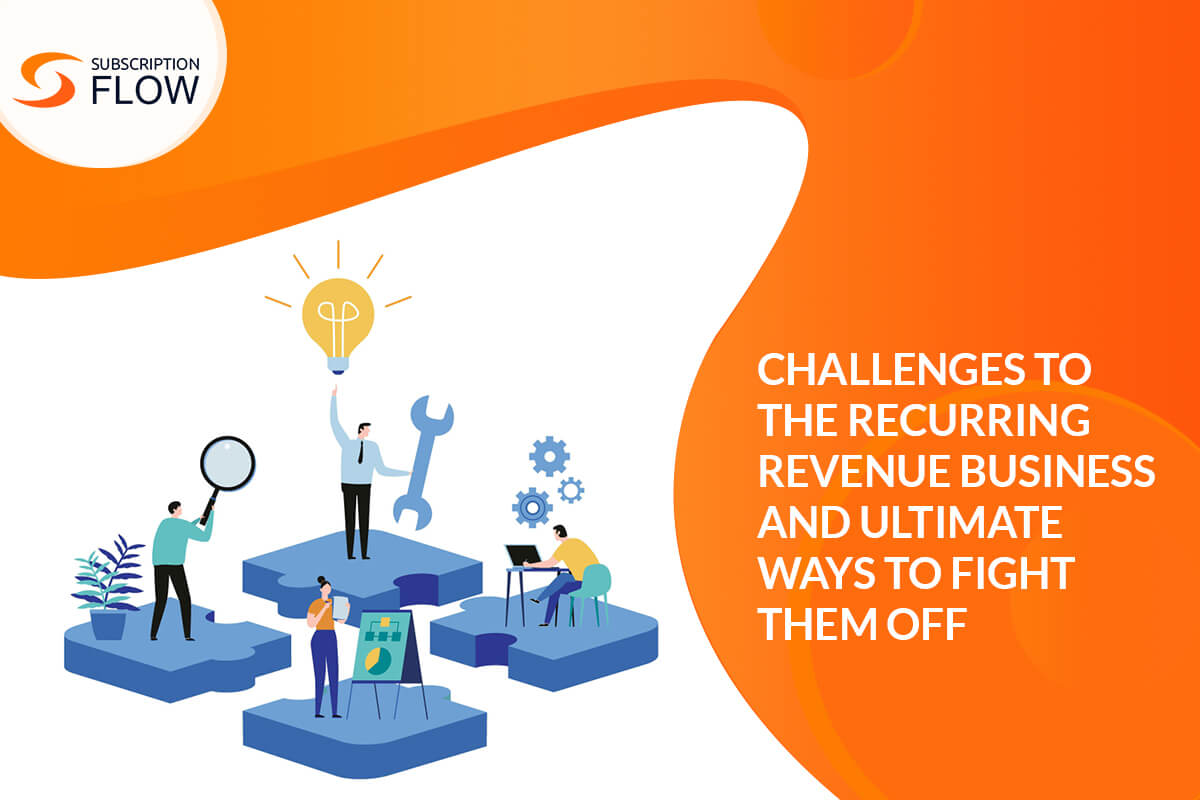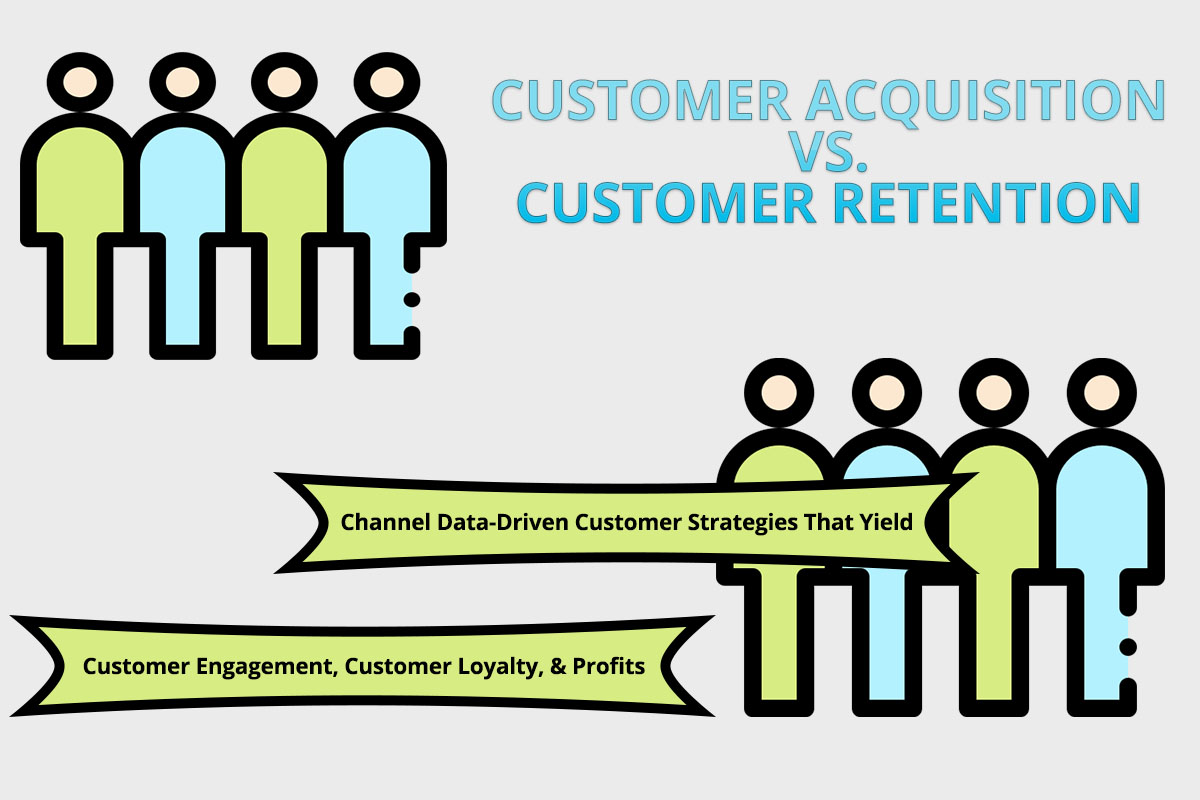
Subscription Data Is A Hidden Treasure—Learn How Recurring Billing Data Can Be Used to Drive Growth in Revenue
What advantage has eCommerce bestowed the businesses with? Its Data… unprecedented amounts of customers data. Business operating online have now access to the data like never ever before. It enables them to not only learn more about their customers and their interests, but also to predict the market trends, the purchasing behaviors, the data-driven marketing, and sales opportunities, the product development needs and requirements, and every information that is required to devise revenue-driven strategies and grow businesses.
Running a SaaS or subscription business online provides merchants more access to the extraordinary amounts of customer data. Extracting value from the subscription data is a vital element in running a successful SaaS or subscription business that can guide businesses in the right direction at the right time.
Invoicing, transactions, or mid of the cycle subscription changes—Subscription businesses with even a few hundred customers are able to generate a great number of data points as a vital and vigorous resource to understand the dynamics of their businesses, the market intents, and their customer behavioral patterns.
Subscription businesses just don’t need the metrics tracking to monitor their recurring revenue growth, they must unleash the power of the data that is affecting those analytics.
The subscription management software is a case of the treasure of the customer data. It contains gems of the customer, billing, transaction history, response and feedback, and other types of segmented, segregated, filtered, and tagged bits of information.
Understanding the Different Types of the Subscription Data
Subscription businesses have more opportunities and possibilities to collect and use the customer data to grease the wheel of success for their business expansion and recurring revenue growth.
As faster as the subscription business model is being adopted by the businesses across the industries and the niches, as better are getting the insights in the businesses because of the accumulation of the data at a larger scale.
These insights are essential for the subscription and SaaS ventures as they depend on building long customer lifecycles and recurring revenue to certain constant growth.
The subscription business model allows customers to pay a small recurring fee after every interval for a defined term of the subscription to get access to the product or services and exchange more information along the way.
The subscription business is all about constantly, being in contact with the customers. It is the business model that focuses on customer retention more than customer acquisition, hence saves a lot of the cost that is needed in drawing the traffic and capturing the leads.
And, customer retention requires data-driven service and support.
It paves the way for the opportunities to build brand loyalty and revenue streaming by influencing the same customer again and again for upsells, cross-sells, and re-sells.
Let’s see what types of subscription data can be gathered from different data points in a recurring billing and subscription management software:
Customer Data
It includes details such as customer personal and professional information, including contact information, payment methods, and what products and features each customer subscribes to.
Recurring Billing Data
Each month recurring invoicing uncover a lot of information about the customers usage and their interests. It also includes information bits like billing data, billing time, mid of the cycle billing changes adjustments, taxation, and the other factors related to the recurring invoicing and billing.
Financial Data
Critical information such as the revenue that your business generates. This includes a breakdown of revenue between deferred and earned revenue, critical to maintaining ASC 606 compliance.
Product and Features Data
It explores the insights that what products attract more customers, which features they use more, what products, features, or plans are performing and what is not. This also explains when features are bundled, or combined to offer different choices to customers.
Pricing Data
It reflects the different pricing at different intervals and how price optimization affects overall customer purchasing decision behavior or is beneficial in attracting more traffic and leads.
This is How Subscription Businesses Can Leverage the Recurring Billing Data
The best way to make the most of the recurring billing data is to configure a robust subscription billing management platform that has the ability to not only automate the whole process of recurring invoicing, billing, and payment processing, it can also help subscription business with robust data-driven reporting of the recurring billing data with its confederate—Subscription Analytics. These data analytics are used to:
- Understand Subscription Business Health
- Provide Actionable Insights
- Predict the Recurring Revenue
- Detect the Revenue Leakages
- Identify the Churn Causes
- Optimize Pricing
- Determine Behavior Patterns
- Discover Performing Products and Features
- Create Intelligent Forecasts And Predict ‘What If’ Situations
The advent of Artificial Intelligence (AI), Machine Learning (ML), Deep Learning (DL) increases the efficiency and productivity of the subscription software modules. Leveraging the data with accuracy, they can channel more precision in the results.
Here are the five most apt ways to use recurring billing data, efficiently:
-
Identify Sales Trends, Revenue Risks, and Churn Menaces Beforehand With Recurring Billing Data
Subscription management software is a great source of information to identify how many sales have been made because it is the total of the data that have been invoiced to the customers. The recurring billing software allows you to generate the tailored reports for multiple time spans and for multiple customer, or a cluster of the customer of the same product or same features.
Tracking sales unearths the trends as well as forecast the revenue opportunities. It is also beneficial to identify and predict the risk factors that may cause churn by analyzing the billing, usage, transactional history, etc.,
Comparing the results together allows distinguishing between the different states of the subscription health of a customer or cluster of a customer using the same subscription product or services. It can help to bring consistency in the predictive analysis.
-
Use Recurring Billing Data for Accurate Sales, Marketing, and Customer Support Reporting from Multiple Perspectives
Recurring Billing Data exposes the recurring invoicing for a product, service, feature, or plan which further explains the sales and marketing teams the outcomes of their efforts. It helps them fine-tuning their strategies and business process decision management in relation to the customer interests and preferences reflected through the recurring billing date.
The recurring billing reporting tools in subscription management software are used to generate reports from multiple perspectives that benefit the sales team to track sales catalysts, such as:
- Sales By Payments Received
- Sales By Customers
- Sales By Product Or Feature
- Sakes By Revenue Generated
- Sales By Revenue Recognition
- Sales By Month Or Year
- Sales By Subscripion Terms Or Lengths
- Or Any Other
-
Recurring Billing Data Can Be Used to Take Significant Decisions for Revenue Drive
Subscription businesses can use subscription data to manage the recurring revenue stream and monitor the analytics like Monthly Recurring Revenue (MRR), its different components, and other Key Performing Indicators (KPIs) like Churn Rate, Customer Acquisition Cost (CAC), Contracted Monthly Recurring Revenue (CMRR), Average Revenue Per Account (ARPU), Annual Recurring Revenue (ARR) and more.
Monitoring and measuring these KPIs lead to the better management of the recurring revenue and identifying the accurate earned and deferred revenue for revenue recognition and other accounts management and auditing purposes.
-
Recurring Billing Data Is Critical to Elevate the Personalized Customer Experience
Recurring billing data gives insights like widely-used payment methods, payment gateways, currencies, payment processing timings, payment processing problems, and more in addition to other recurring billing and invoicing information.
With the AI-supported modules, the subscription software reads, understands, and interprets the customer behaviors in the light of the available structured as well as unstructured data sets to suggest data-driven action moves for the enhanced and elevated customer experience at checkouts.
-
With Recurring Billing Data, Bring More Accuracy in Predictive Analysis
The more data you provide to the recurring billing system, the more accurate and efficient its predictive analysis works. The recurring billing data when mine and clean in a large amount, it can develop a strong forecasting mechanism in a subscription software to offer more accuracy in a system.
How SubscriptionFlow Can Drive More Success Into a Subscription Business?
SubscriptionFlow helps you evaluate your business growth, observe the customer behavior, and identify the leakages in the revenue or loopholes in the subscription sales operations to make data-driven decisions for your recurring revenue growth. With the real-time SaaS analytics of SubscriptionFlow, this is how you can help your recurring revenue to grow manifold:
Get Detailed Insight of the Revenue Growth in Real-Time
Who is paying and who is not? How much is the growth of the recurring revenue? Or why there is a decline in engagement in any of the subscription plans? Get all the answers to these worrisome answers within seconds with the help of recurring revenue metrics to take timely measures.
Monitor the Monthly or Annual Recurring Revenue
Monitor your MRR or ARR and pay heed and fuel the operations to achieve your daily, monthly, or annual growth targets so you can stay on top-of-the-game every time.
Find the Appreciation or Depreciation Trend in Any of the Subscription Plan
Keep a close eye on the performance of your subscription plans and in case of any depreciation, take instant actions to make its performance better while offering promotions or free-add-ons, etc.
Identify the Leakages in Revenue and Reduce the Churn Rate
Real-Time revenue analytics and reporting help you to identify the losses or leakages in the recurring revenue due to payment failures, underperforming subscription plans or services, or any of the unidentified reasons which lead you to a high churn rate. Mitigate the risks ahead of time with the help of AI-powered recommendations.
Draw More Lead and Convert Then Into Paid-Customer
SubscriptionFlow allows you to segregate the potential in leads consuming free trials through analytics. Plug your sales, marketing, and support applications with SubscriptionFlow and streamline the process across the board.










